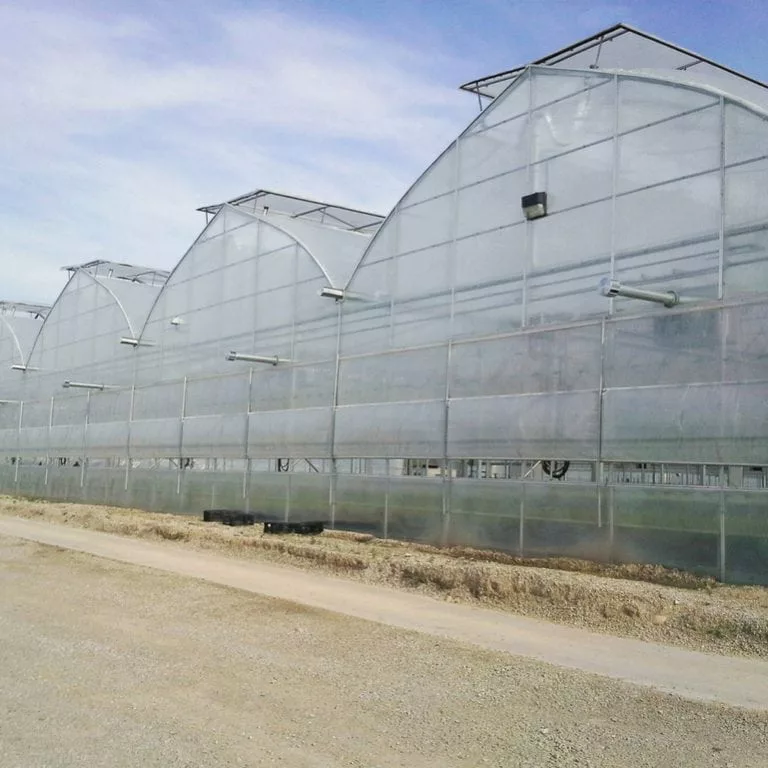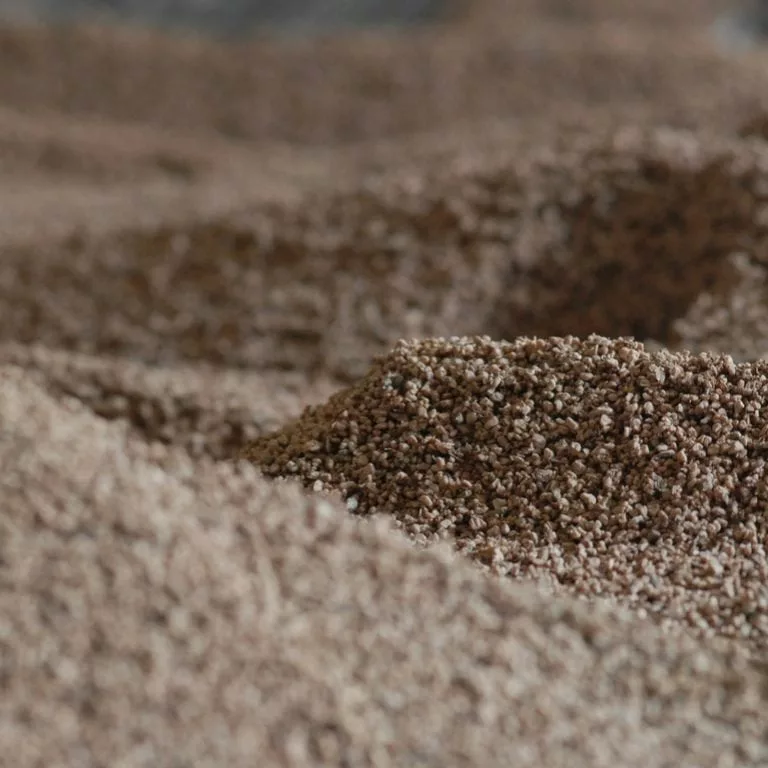Greenhouse production requires heat and light. According to a report from Agri-réseau published in 2008 (in French only), the energy required to run a commercial greenhouse represents, on average, 37 percent of the total consumption of the company—and this data is still valid today.
You’re probably already familiar with the most popular sources of energy: electricity, natural gas and propane gas. But did you know that there are alternatives? Geothermal and biomass are renewable energies that can be perfectly adapted to your needs.

Using geothermal energy for greenhouses
Geothermal energy comes from the heat contained in soil, groundwater or surface water. Pumping equipment is used to recover this heat using a refrigerant fluid that flows through a horizontal or vertical loop.
The horizontal circuits must be below the frost line and are generally comprised of a surface that corresponds to 1.25 to 3 times the area to be heated. Vertical circuits are based on energy requirements to determine drilling depth. The system may also be open, where water is transported from the water table to a supply and discharge well.
It is important to note that maintenance of a geothermal system is much easier than that of outdoor heat pumps or air conditioning systems. Geothermal heat pumps have an approximate lifespan of 20 years and 50 years for buried pipes.
Geothermal energy is used in agriculture in Quebec, Canada and around the world. According to analyses (in French only), it can be cost-effective for four to eight years.
Pros
- Its heat is released constantly
- It is a source of free green energy
- Pumps can be installed in a greenhouse
Cons
- Initial investment is commercial greenhouse cost is high
- Vertical circuits require a large area
Using biomass energy for commercial greenhouses
Biomass energy is an organic material like plants, agricultural residues, municipal waste or logging residues. Biomass energy can be converted into heat and electricity by direct combustion, anaerobic digestion, pyrolysis and gasification. The easiest method is direct combustion. The heat generated by combustion is used to heat water directly in the boilers. The hot water is then distributed throughout the greenhouse network.
Using biomass energy reduces environmental impact in three key ways:
- By improving waste management
- By reusing nutrient effluents
- By decreasing the use of fossil fuels.

Things to consider before choosing biomass energy
- Make sure supply sources are located within a 60km radius of the boiler room;
- Ensure the availability and stability of long-term fuel volumes;
- Choose fuel according to the context of greenhouse cultivation by carrying out an analysis of the surrounding forest environment.
Be sure to familiarize yourself with the different sources of energy available to choose the best one to fit your needs. To make the best choice, take into account price, quality, and current and future availability. Our Harnois experts can help you assess every factor to help you make the right choice for your production.
